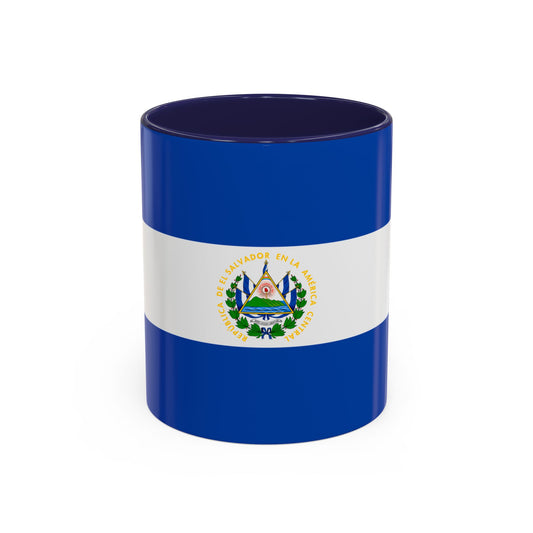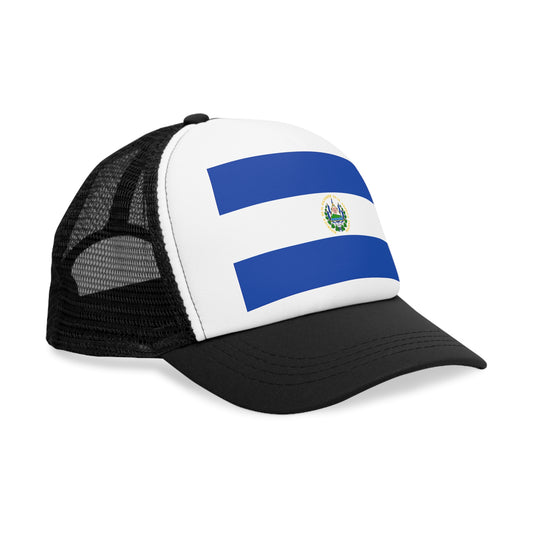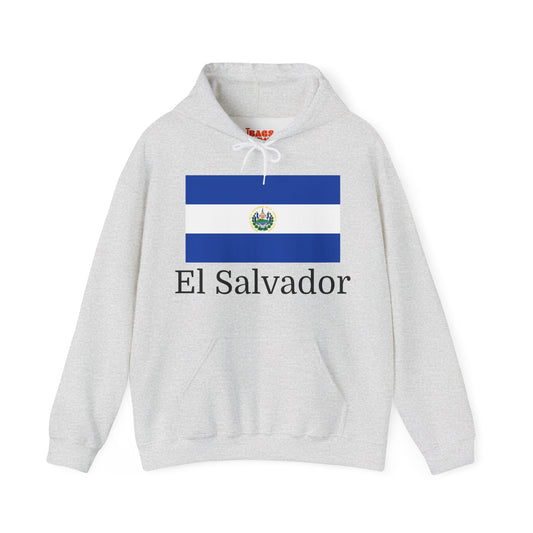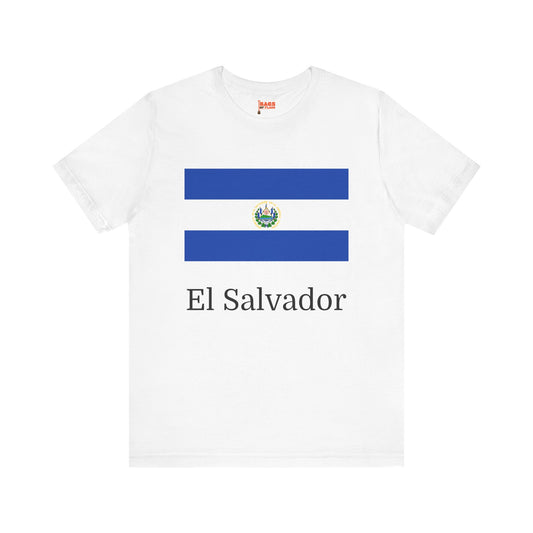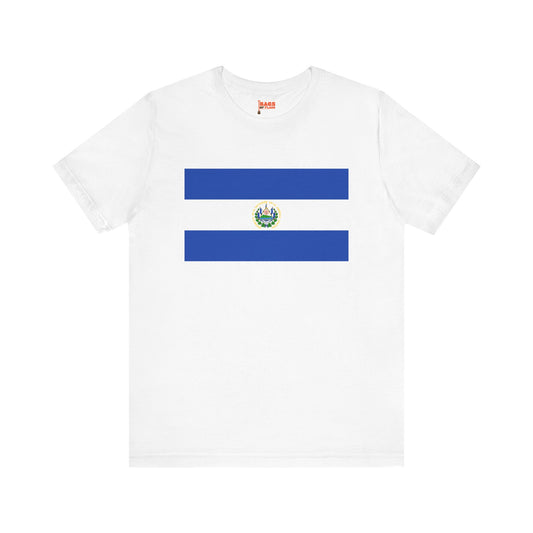-
El Salvador Pillow
Regular price $22.65 USDRegular priceUnit price / per -
El Salvador Backpack
Regular price $59.79 USDRegular priceUnit price / per -
El Salvador Leather Patch Hat
Regular price $18.85 USDRegular priceUnit price / per -
El Salvador Flag Sweatshirt
Regular price $34.15 USDRegular priceUnit price / per -
El Salvador Sweatshirt
Regular price $34.15 USDRegular priceUnit price / per -
El Salvador Inspired Sweatshirt
Regular price $34.15 USDRegular priceUnit price / per -
El Salvador Mug
Regular price $11.65 USDRegular priceUnit price / per -
El Salvador Trucker Cap
Regular price $14.90 USDRegular priceUnit price / per -
El Salvador Inspired Hoodies
Regular price $34.40 USDRegular priceUnit price / per -
El Salvador Hoodies
Regular price $34.40 USDRegular priceUnit price / per -
El Salvador T-shirts
Regular price $22.79 USDRegular priceUnit price / per -
El Salvador Flag Hoodies
Regular price $34.40 USDRegular priceUnit price / per -
El Salvador Inspired T-shirt
Regular price $22.79 USDRegular priceUnit price / per -
El Salvador Flag on T-shirt
Regular price $22.79 USDRegular priceUnit price / per
Collection: El Salvador
The El Salvador flag symbolizes pride and identity for the people of this Central American country. With its unique design and vibrant colors, the flag of El Salvador holds a rich history and deep symbolism that reflects the nation's heritage and values.
Overview of the El Salvador Flag

The national flag of El Salvador showcases a distinct and meaningful design composed of three horizontal stripes, with cobalt blue on both the top and bottom and pure white in the middle. The central feature of this flag is its national coat of arms, which is detailed and symbolically rich, including a golden triangle representing equality and the five Central American countries, with a quartet of vibrant volcanoes rising from the sea, a Phrygian cap emblematic of freedom atop a rainbow of peace, and framed by lush laurel branches symbolizing victory.
This composition adds a visually striking element to the flag and imbues it with a depth of meaning tied to the nation's ethos and landscape. The colors chosen for the flag—blue and white—symbolize the sky and the Pacific Ocean, further connecting the flag's symbolism to El Salvador's geographical characteristics and aspirations for peace and solidarity. This intricate emblem set against the simple yet profound background colors makes the flag immediately recognizable and deeply significant to the Salvadoran people and their national identity.
Historical Context of the El Salvador Flag

The journey to the current design of the El Salvador flag, adopted on May 27, 1912, is intertwined with the nation's quest for identity and unity amidst evolving political landscapes. Before this date, El Salvador saw various flags representing its shifting allegiances and aspirations during turbulent Central American history. The adoption of the 1912 flag marked a pivotal moment, symbolizing a move towards national stability and solidarity after years of conflict and division.
This period was characterized by efforts to foster a common purpose among the Salvadoran people, with the flag as a tangible representation of these aspirations. The design that was ultimately chosen reflects a desire to honor the country's past while looking forward to a unified future. It emerged during the presidency of Manuel Enrique Araujo, a crucial time for establishing the symbols of nationhood and independence that would define El Salvador in the years to come. This context of adoption illustrates how the flag is not just a static symbol but a dynamic part of El Salvador's ongoing story of resilience and unity.
Symbolism Embedded in the Flag
The El Salvador flag is rich in symbolism, carefully chosen to reflect the country's values, aspirations, and natural beauty. The two outer blue stripes are emblematic of hope and solidarity, mirroring the boundless skies above and the Pacific Ocean that graces its shores, signifying the nation's commitment to peace and its deep connection to its geographical surroundings. The central white stripe stands as a beacon of purity and harmony among the Salvadoran people, representing the ideal of peace that guides the nation's ethos.
At the heart of the flag lies the national coat of arms, a detailed emblem encapsulating El Salvador's history and aspirations. The five volcanoes, central to the coat of arms, symbolize the unity and shared history of the five members of the former Federal Republic of Central America, emphasizing the strength and resilience found in unity. The golden triangle that houses them stands for equality, a foundational value of Salvadoran society. Above this scene, the Phrygian cap radiates as a symbol of freedom and the people's liberty, while the rainbow that arcs above promises a future filled with hope and prosperity. Surrounding this are the laurel branches, traditional symbols of victory, acknowledging the triumphs of the past and those yet to come. Together, these elements weave a narrative of a nation deeply rooted in its history while striving towards a harmonious and prosperous future.
Current Relevance of the El Salvador Flag
Today, the flag of El Salvador continues to play a crucial role in the nation's collective consciousness, symbolizing unity, independence, and pride across various platforms and events. It is a common sight at national celebrations, where it flies high during Independence Day festivities, serving as a reminder of the country's enduring spirit and resilience. In the realm of international sports, the flag unites Salvadorans as they cheer on their athletes, showcasing national pride on a global stage. Within military contexts, it is revered and saluted, embodying the sacrifices made for freedom and sovereignty. Despite its widespread use and significance, discussions occasionally arise regarding its representation and the appropriateness of its use in certain political or social contexts, reflecting the dynamic nature of national symbols in representing a diverse and evolving society. These conversations underscore the flag's relevance not only as a symbol of state but also as a point of reflection for national identity and unity amidst a changing world.
Additional Facts and Protocols for the El Salvador Flag
Handling and displaying the El Salvador flag carries with it a series of respectful practices that honor this national symbol's significance. Observance of these protocols ensures the flag is always represented with dignity:
- The flag should always be hung in a manner that allows the coat of arms to be displayed prominently and correctly, ensuring it is not upside down.
- It is considered disrespectful to utilize the flag for commercial or derogatory purposes, preserving its sanctity as a symbol of national pride.
- When raising or lowering the flag, it should be done with solemn respect, reflecting the pride and values it embodies for the Salvadoran people.
- Ensuring the flag never makes contact with the ground and is kept in good condition, free from damage or disrespect, is paramount.
Additionally, the inclusion of a rainbow in its coat of arms sets the El Salvador flag apart on the world stage, signifying the nation's enduring hope and aspiration for a bright, prosperous future. These practices and unique features underscore the deep respect Salvadorans have for their flag, which serves as a vivid emblem of their history, sovereignty, and unity.














